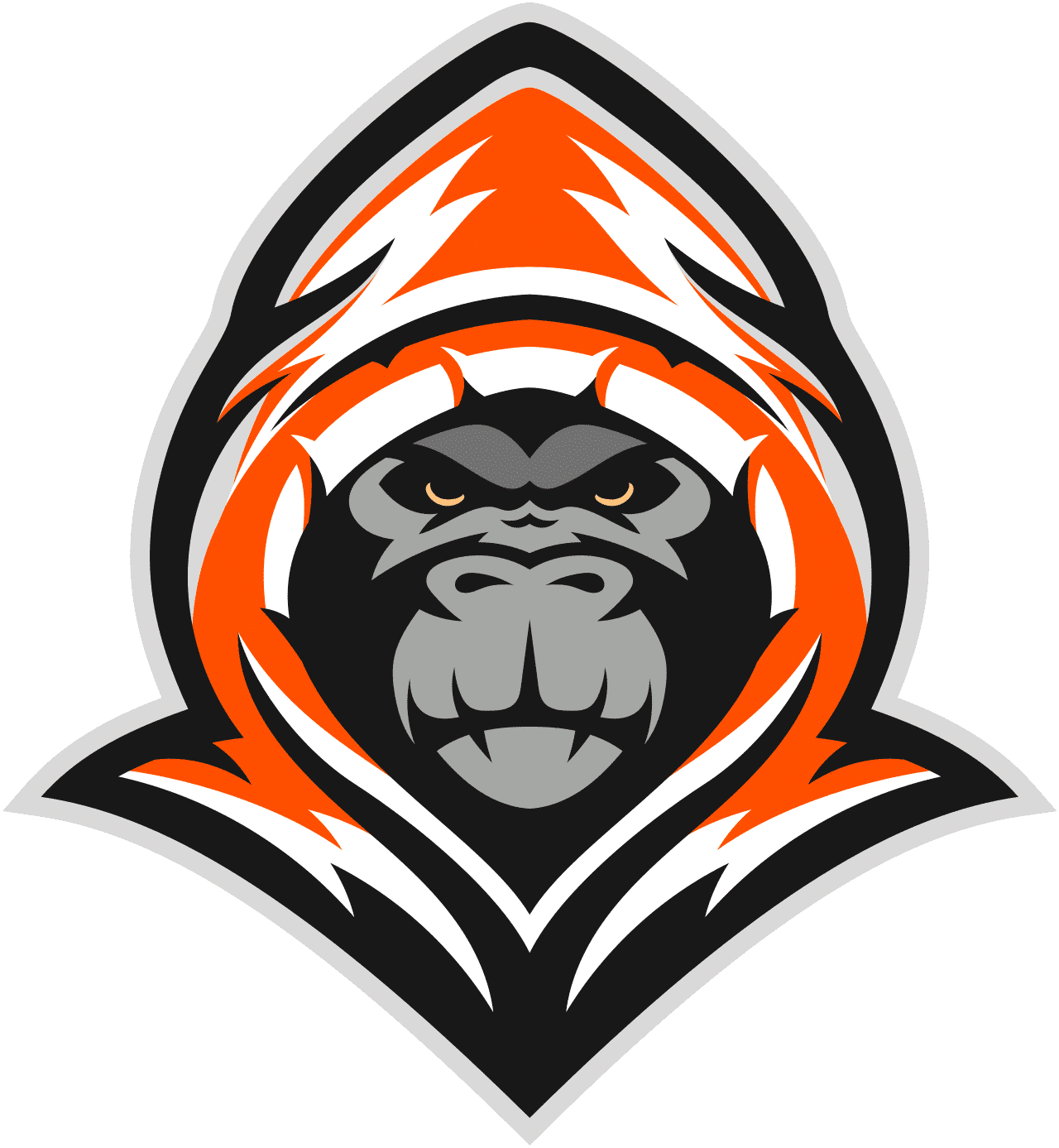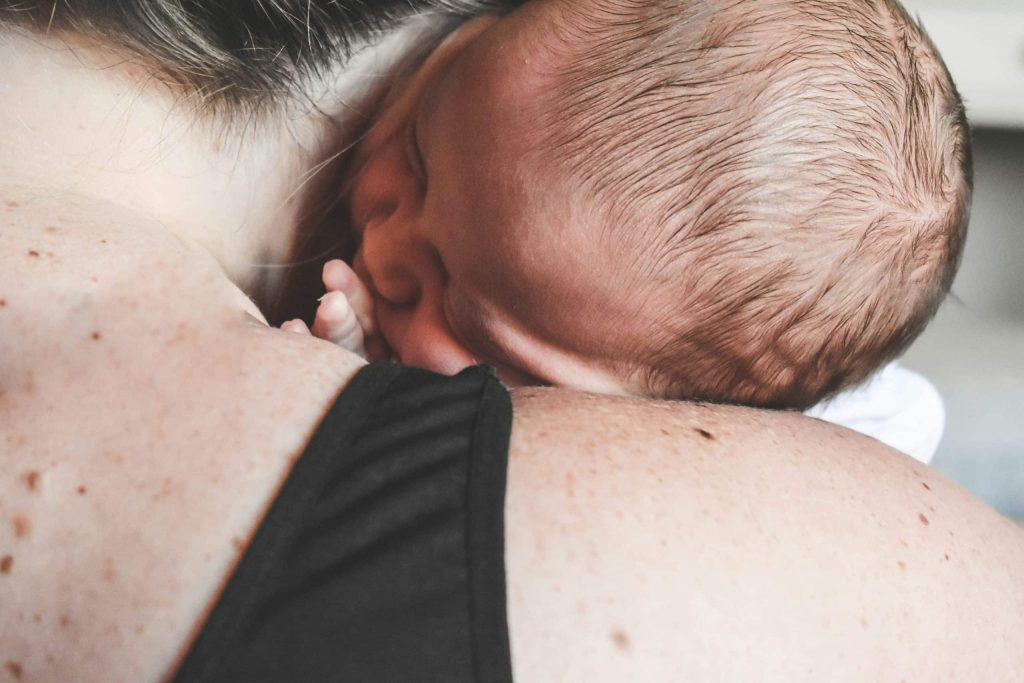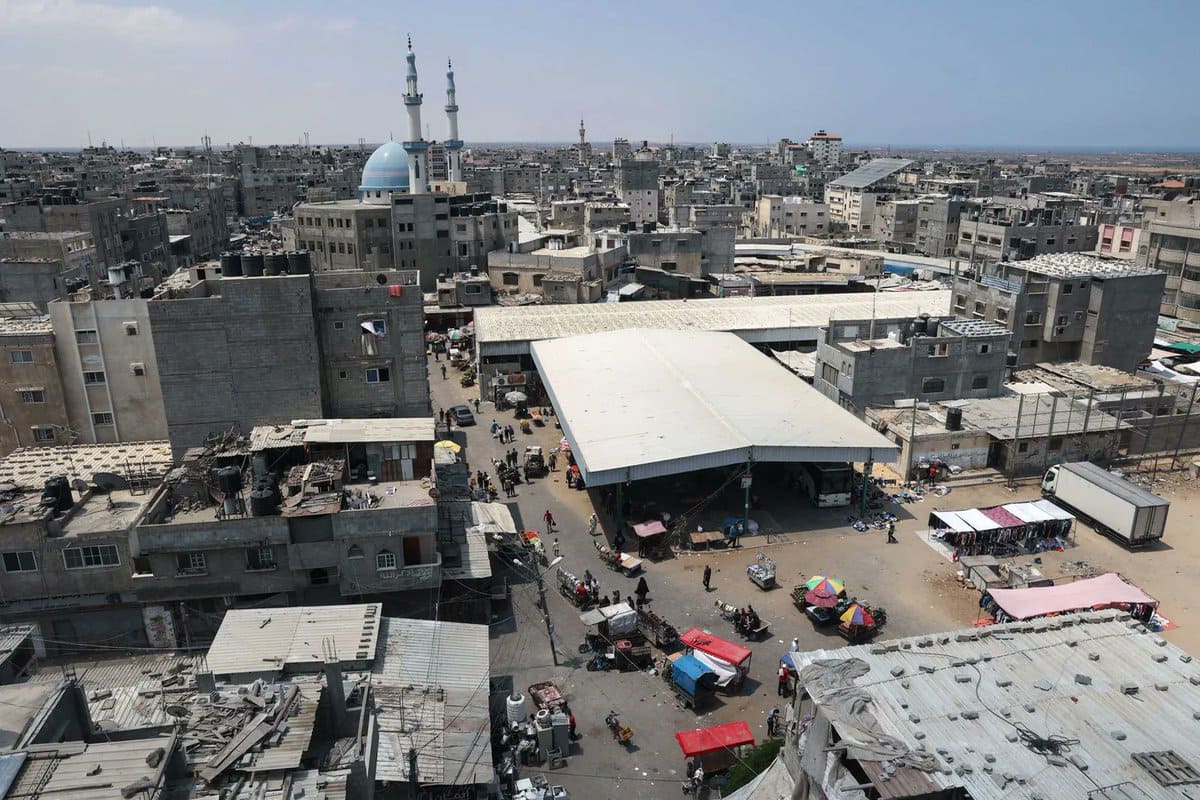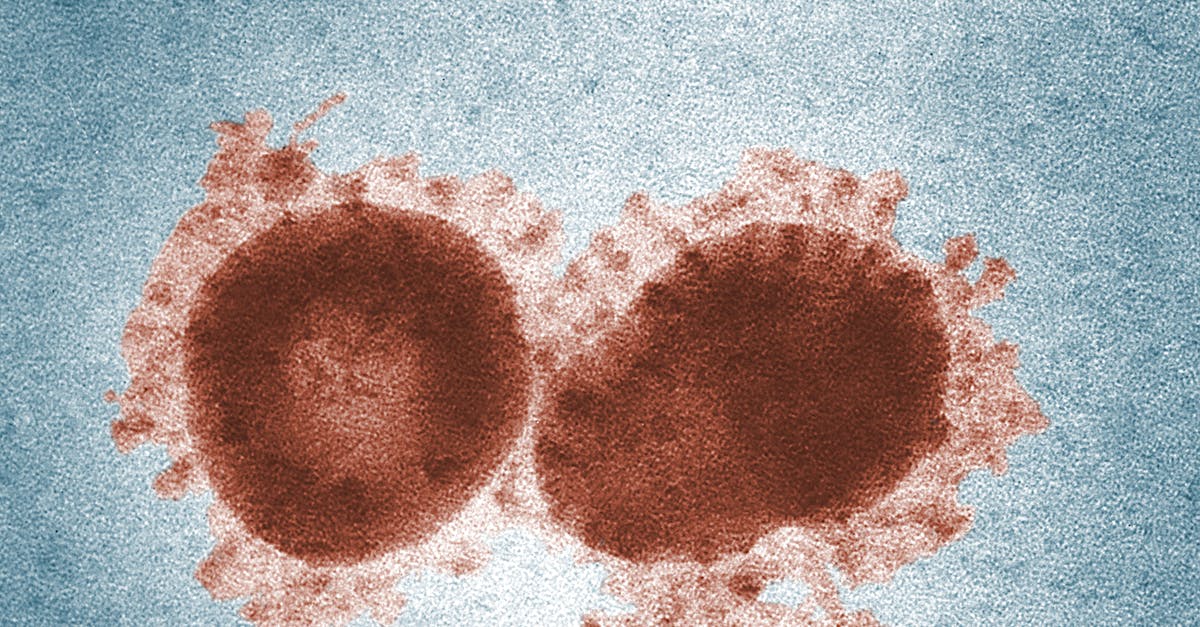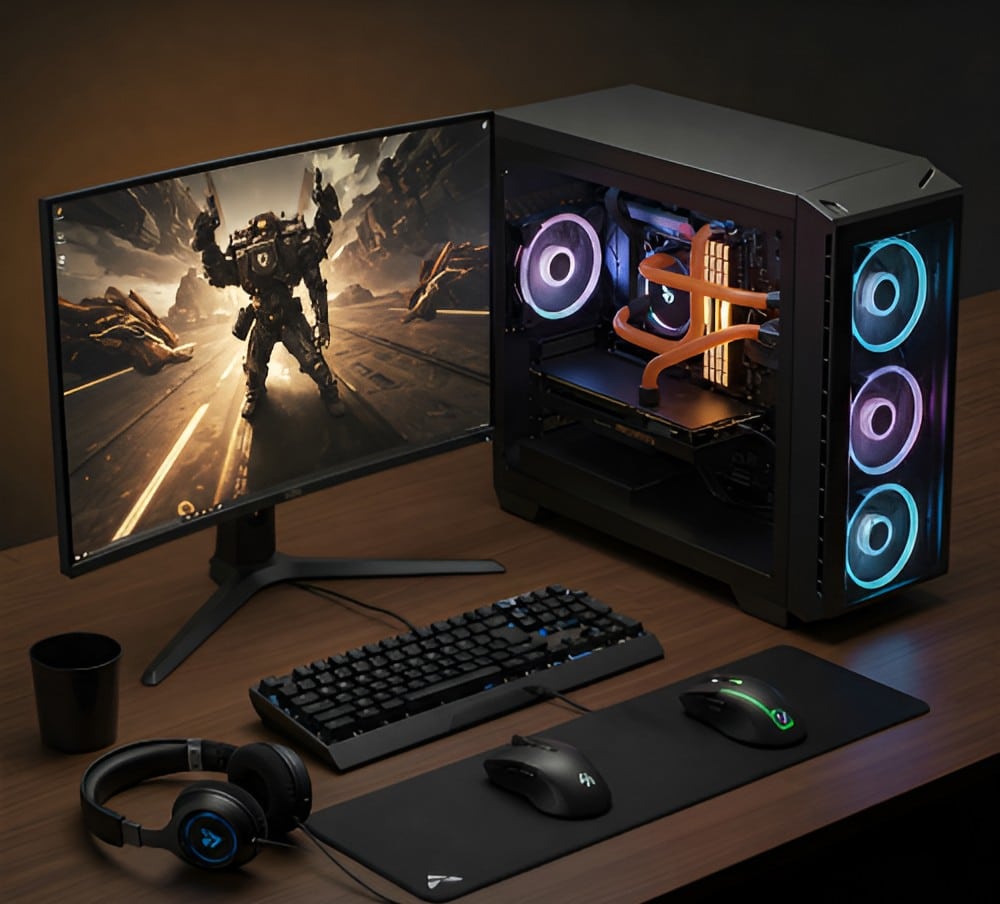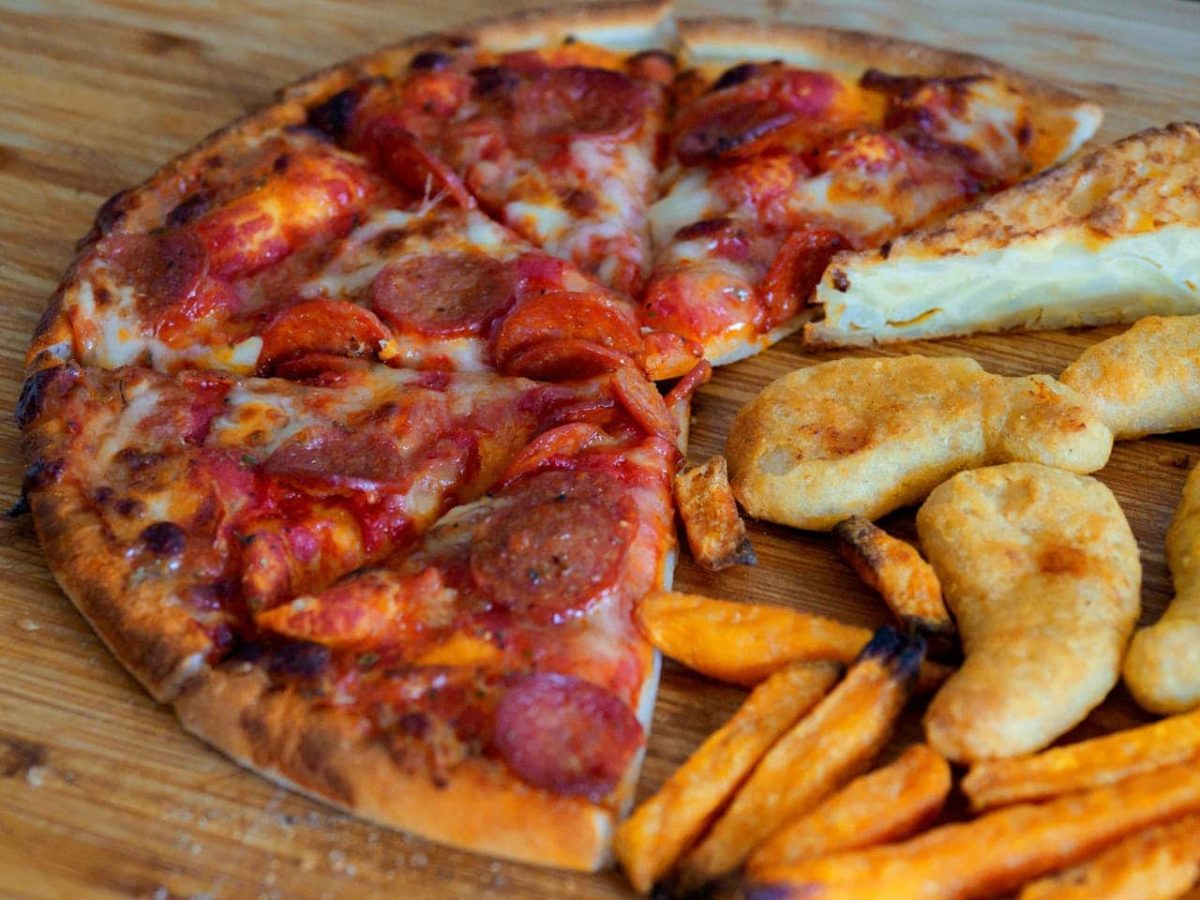*Trigger Warning*
The following article is meant to help guide parents towards safer alternative sleeping habits for their infants and consists of health risks and factors that may cause infant harm or death. If you or a loved one have lost a child due to SIDS or the like, please reach out to your local helpline for parents struggling with PPD.
National Maternal Mental Health Hotline
Catching your infant sleeping with the family’s favorite blanket or stuffed animal can be a priceless moment. The overwhelming emotions and desire to preserve the moment forever are understandable and acceptable. Take the pictures you want to capture the precious moments for later visual consumption. Spend time with them and play with the stuffed animals while your child is awake. If your little one is left unattended, those lovely sentimental valuables could pose serious or fatal risks to your little one’s health.
Sleeping With Pillows or Stuffed Animals
https://gty.im/120388331
Pillows, excessive blankets, and even their favorite stuffed animals pose a suffocation hazard while your little one sleeps. If they are being swaddled at night, one additional blanket over the top of their body insulates them on colder nights, depending on how cool you keep your house thermostat. A simple cotton or flannel sheet or blanket tucked around the waterproof sleeping pad in their bassinet to catch drool or overnight blowouts is all you will need.
Those Kodak moments are precious and should be kept as brief as possible if you plan on leaving them alone for more than a minute. It only takes a quick minute or two without air to cause your little one to suffocate. By keeping their sleeping area simple and hazard-free, you significantly reduce the chances of health risks such as SIDS.
Sleeping in a Car Seat, Loose Mattress, or Waterbed.
While the car seat is the safest option for travel, your baby needs freedom of movement for their little body. Being confined in one position for extended periods causes health risks to your little ones’ hips and spine. The 5-point harness is designed for safety, but if left for too long in the wrong position, their neck could fold in a way that reduces air intake and can affect their ability to breathe sufficiently.
Ill-fitting or loose mattress pads pose a suffocation hazard since they can roll or pull up, especially if your little one can roll off and potentially hurt themselves on the side of the bassinet or crib. Water beds pose multiple risks. Since they offer no support or stable surface area, the probability of your little one suffocating is too great.
The best option is to use the pad the bassinet or crib came with or a safe alternative pad that can be covered with a waterproof liner and a cotton fitted sheet. Thankfully, most of these additional pads were designed to fit conventional cribs and bassinets, so you can keep your little one safe while they catch up on that much-needed rest.
Excessive blankets or material bumpers
Making bed canopies or surrounding your little one with blankets may be cute for a picture, but they should never be left unattended; the suffocation hazard is not worth it. A common misconception occurs when parents roll up a blanket to surround the sleeping area so their little one doesn’t hit their head at night trying to adjust themselves. The problem is that if your little one were to roll into this bumper, becoming wedged, they could lose their ability to get fresh air and suffocate within a few minutes.
Material bumpers are no longer recommended by the AAP, the American Academy of Pediatrics, as a safe alternative to a bare crib. The recommended alternative would be a mesh liner that offers a comfy bumper and is not a solid material for optimized breathability.
For More Amazing Content
Total Apex is an all-encompassing content producer. We provide heavily detailed articles every day on entertainment, gaming, sports, and so much more! Check out all our great sports content Total Apex Sports. Check us out on X @TotalApexEandG and our other sites: Total Apex Sports Bets and Total Apex Fantasy Sports.
